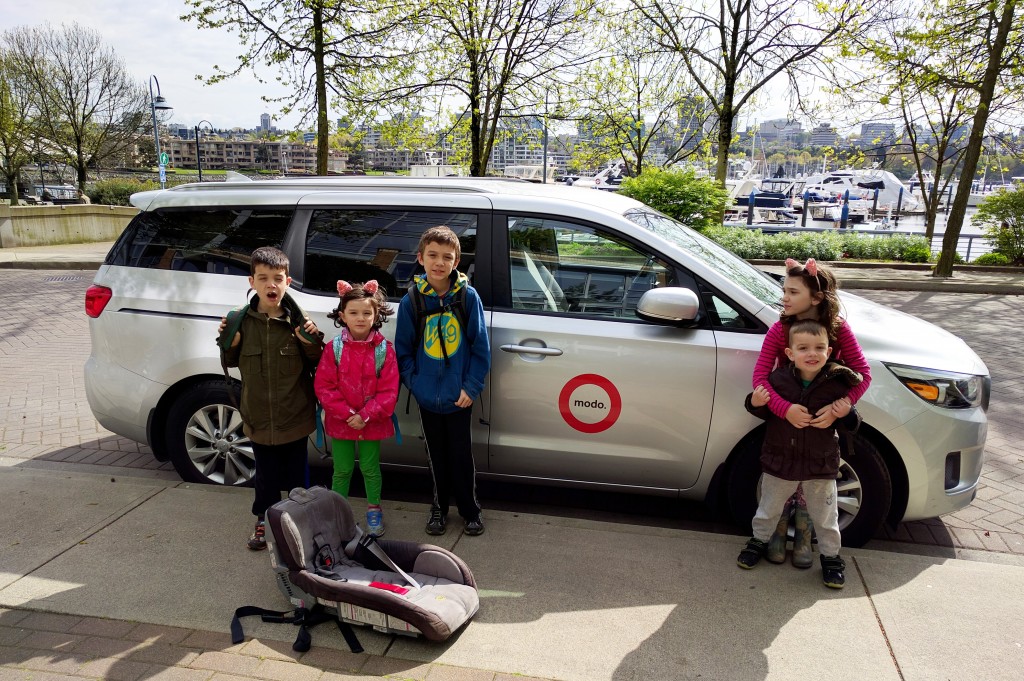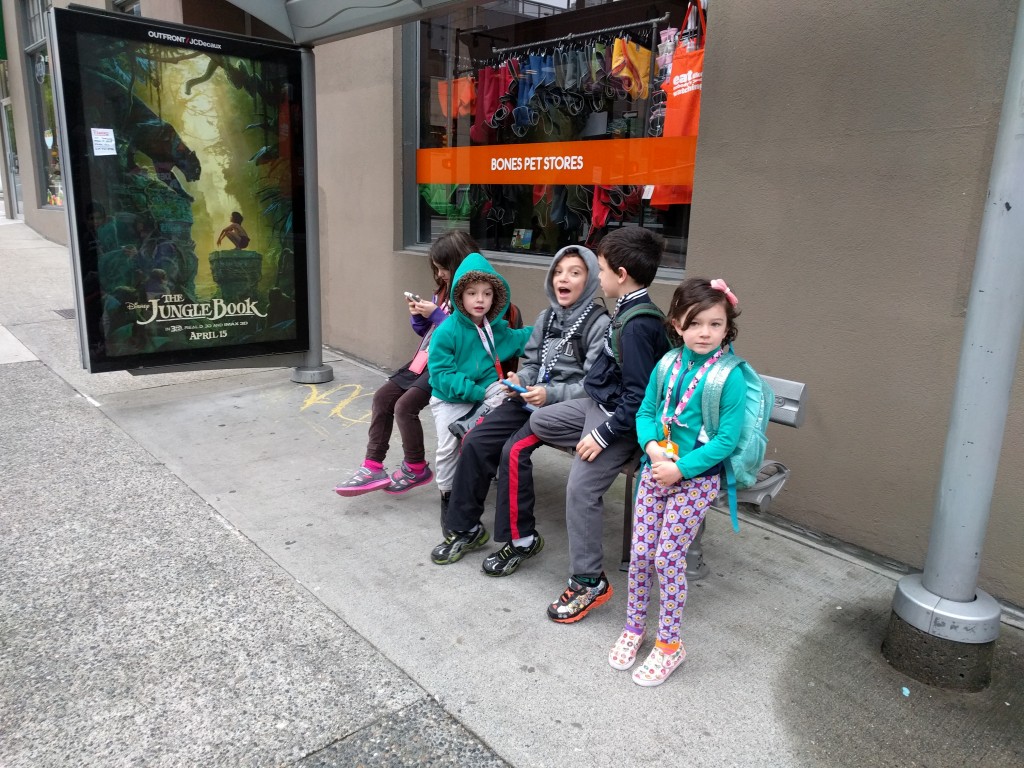Your car sits idle over 95% of the time.
Your guest bedroom is occupied one week out of every 52.
Your kids use the yard less than 40 minutes a week.
Yet we consumers love to envision the maximum usage for a particular item – like a house or a car – then buy the item with a capacity high enough to accommodate our visions. It makes us feel prepared, it feeds our egos, and it feels as though we got more value for our money than if we’d bought something smaller.
We do this despite knowing that we won’t be boarding guests year ’round, driving groups of eight in our minivan, and hosting lavish backyard parties, nightly.
But rather than buy for peak usage, I prefer to stay flexible.
I scale my solutions up and down in response to my needs at the time.
Friends visiting from out of town? I’ll pay for their hotel, so I can live in a smaller, cheaper, better located condo for the rest of the year.
I have to schlep a bunch of kids far away? I’ll get a Modo minivan, a local car share, for a few hours. Let someone else maintain that gorgeous van.
Need some outdoors time? Walk a couple blocks to a park. I’m not interested in mowing something I only use a couple hours a week.
When I tell people this, they usually recoil at the cost. “Hotels are expensive!” “You RENT a car?!” They see only the short term price of my solutions.
They don’t see the other 95% of the time. The time when I didn’t need and therefore didn’t own or maintain those items. It’s in that 95% that I rack up huge savings. I make that 95% work for me, not against me.
Meanwhile, they’re living further out to afford that guest bedroom and yard, driving the $50,000 8-seater minivan, and paying for 5% usage, 100% of the time.

Being car-free, we’re more likely to opt for active transportation modes – like biking. But we can scale up to vehicles when needed too.
Not owning the high capacity solution also gives me huge flexibility. Do I need a two-seater car? Or a five-seater? Minivan, cargo van, sports car? I can access them all, only when I need them.
So what motivates people to plan for occasional peaks and idealized usage, rather than actual daily utilization?
Ego is part of it. A large SUV or huge house is still a sign of success to many. Your neighbours won’t congratulate you in your driveway for scaling up and down your transportation needs in a responsible, real-time fashion.
A mistaken sense of “value” is also at play. We’re often taught that “more is more,” up-selling ourselves to a larger house or car on the premise of “just in case.” It’s something we’ve all been guilty of at one time or another.
But next time a big decision comes up, try forgoing your ego and asking yourself if more really means more. Account for the hidden costs: longer commutes to a big house, higher expenses, more maintenance, etc. Try making a rational, needs-based decision. A decision based not on anticipated peaks, but on actual daily usage.
In short, don’t pay for the 95% you won’t use.
You’ll save a ton of money and gain a better quality of life.
Latest posts by Adrian Crook (see all)
- We Won! Common Sense Prevails in ‘Bus Dad’ Case. - July 6, 2020
- I Took the Government to Court for Kids’ Independence. I lost (for now). - February 3, 2020
- Parking! What is it good for? - August 10, 2019


